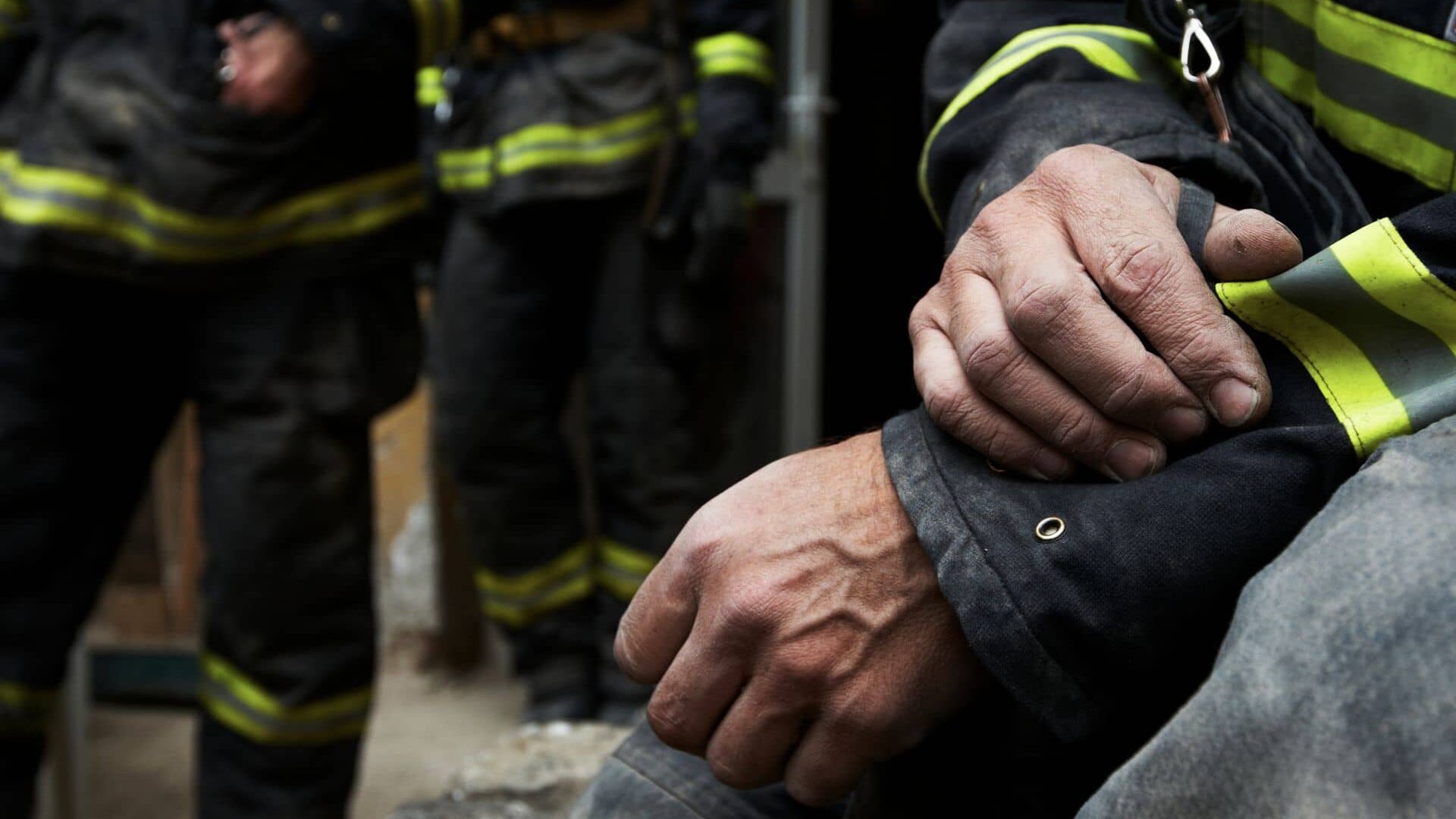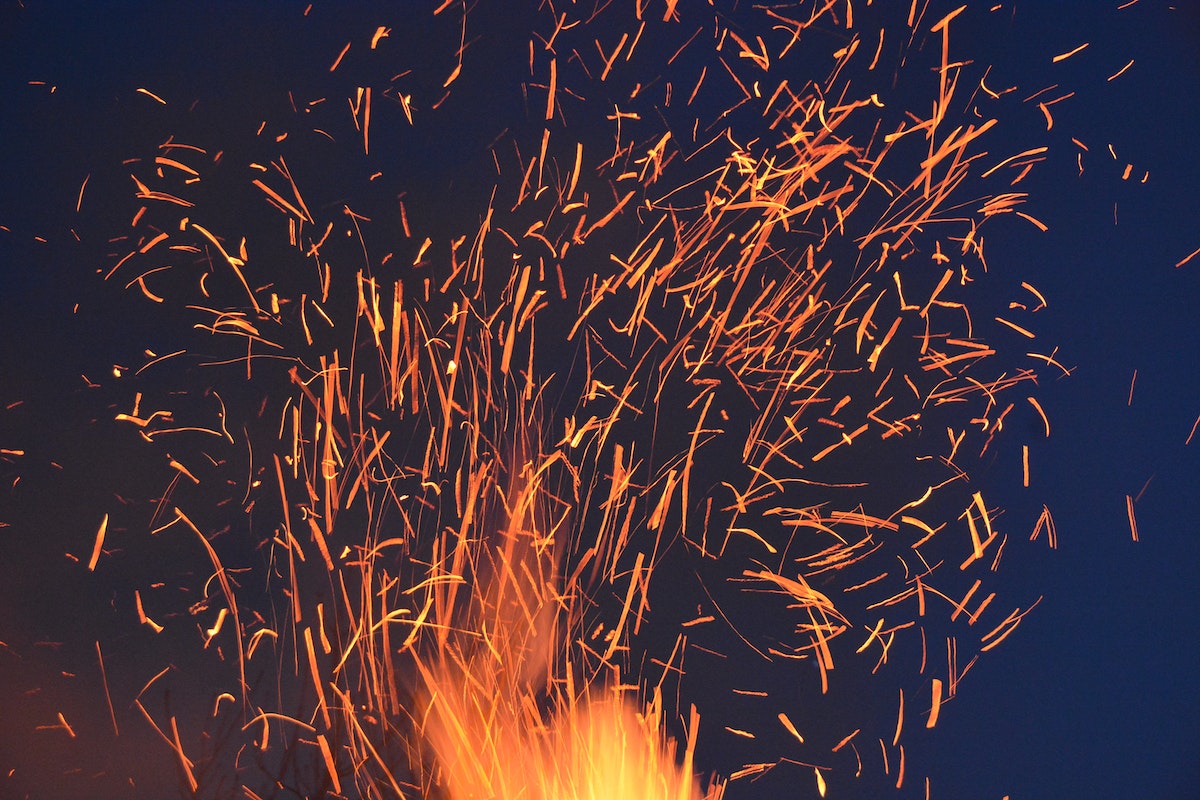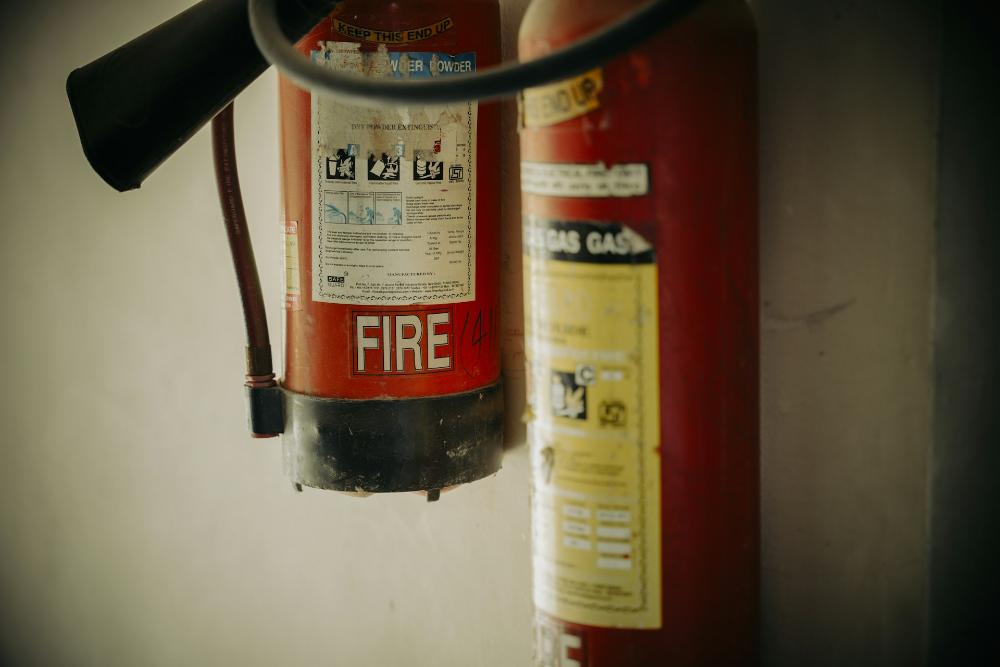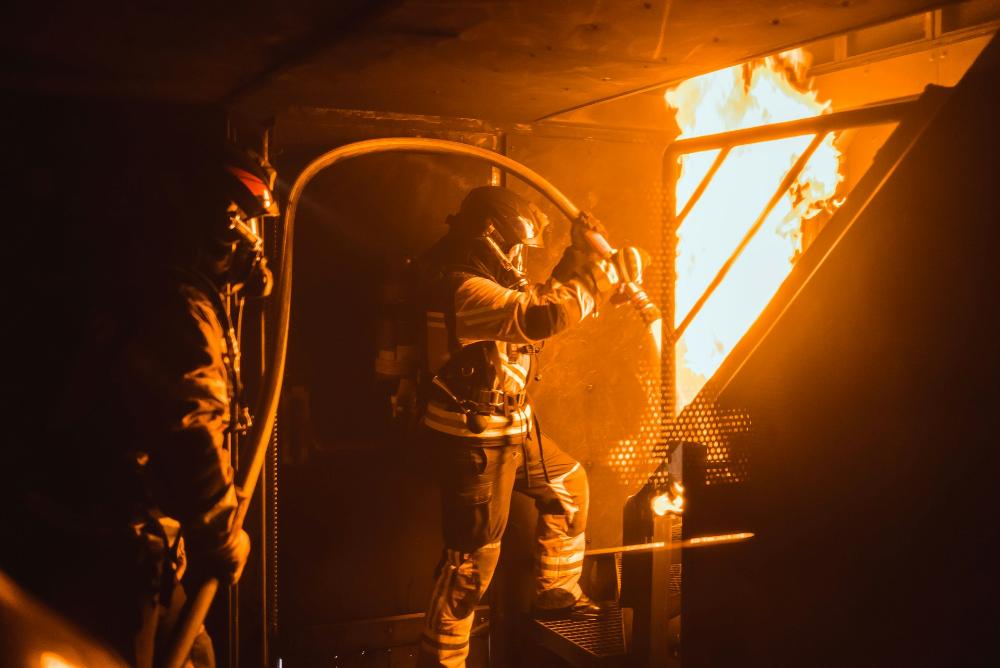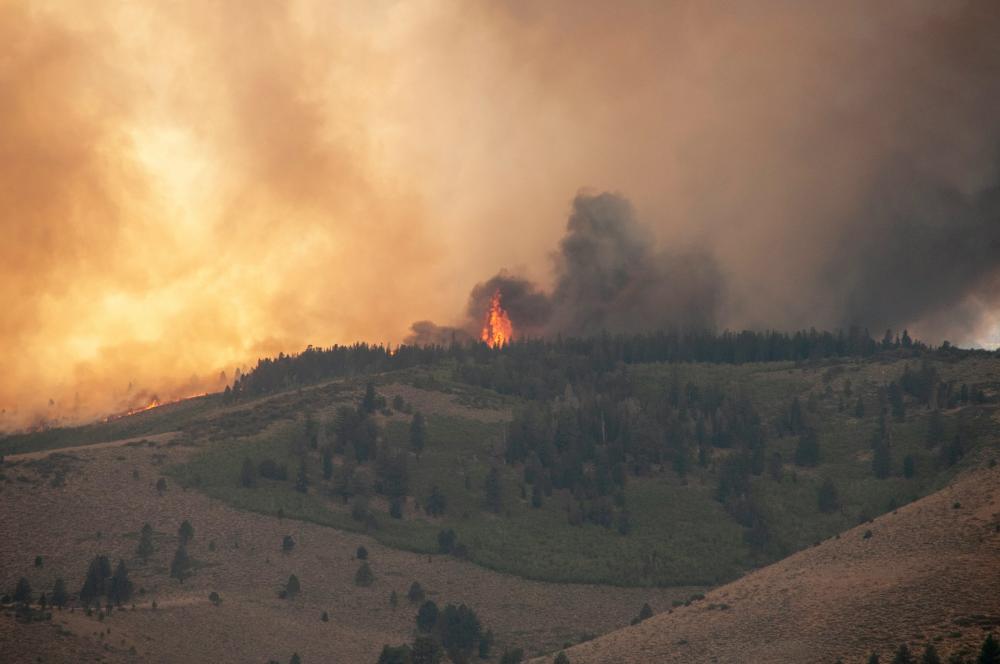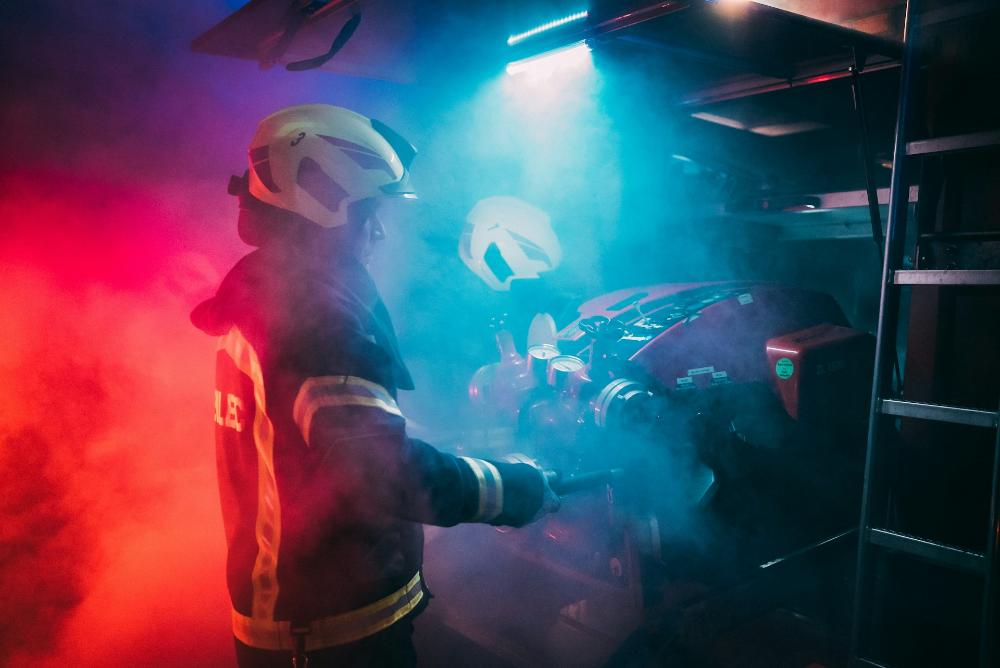Hot-Work Fire Watch
Contents
OSHA Hot-Work Fire Watch Checklist (Free PDF)
Torches plus combustibles equal a 900°F spark that can smolder for hours… and ignite after everyone’s gone home.
OSHA 1910.252 doesn’t care how fast your welder works, it cares that someone competent is watching the spark travel path every single second. Miss one box on the hot-work permit and you’re looking at a willful violation that starts at $16,000 per incident. We’ve distilled the entire standard into a one page checklist our guards use on every cut, weld or roof burn. Grab the PDF link at the bottom or keep reading to see why each line matters.
Before the Torch Lights
First, scan 35 feet in every direction for combustibles. That means sweeping up sawdust, moving propane bottles and yes, removing the cardboard coffee cups on the ledge.
Next, feel the wall behind the work. If it’s warm to the touch, there’s probably a hidden duct or cable tray feeding fresh air to a fire you haven’t started yet. Snap a thermal selfie and log the temp; inspectors love timestamped proof.
Finally, test the fire extinguisher. Pull the pin, squeeze for one second, verify the gauge pops back to green. A dead extinguisher is the fastest way to turn a $500 job into a six figure lawsuit.
During the Burn
The F-60 holder keeps the torch, the fire watch keeps the eyes. Two different people, zero exceptions. The watch stays within 25 feet and maintains visual contact with the slag path.
If the welder moves, the watch moves. If the watch needs a bathroom break, the torch shuts down. Simple, but you’d be amazed how many crews skip this dance and get tagged for “inadequate supervision.”
Every 15 minutes the guard records ambient temp, wind speed and any new combustibles that wandered into the zone. Wind above 15 mph? Shut it down. New pallet delivered mid weld? Stop, move it, restart the clock.
The 30-Minute Post Burn Trap
Most fires start 20 to 45 minutes after the torch is capped. OSHA knows this, so the watch continues for a minimum of 30 minutes and logs temps every five minutes.
Use a cheap infrared gun and shoot the deck, the wall and any cracks where slag could hide. If the reading climbs even one degree, soak the area and reset the clock. We’ve caught smoldering insulation at minute 28 that would have torched the place overnight.
Ready to stop guessing? Shoot us a text and we’ll email you the exact one-page OSHA checklist our guards use, plus a blank hot-work permit you can print and brand for your crew.
